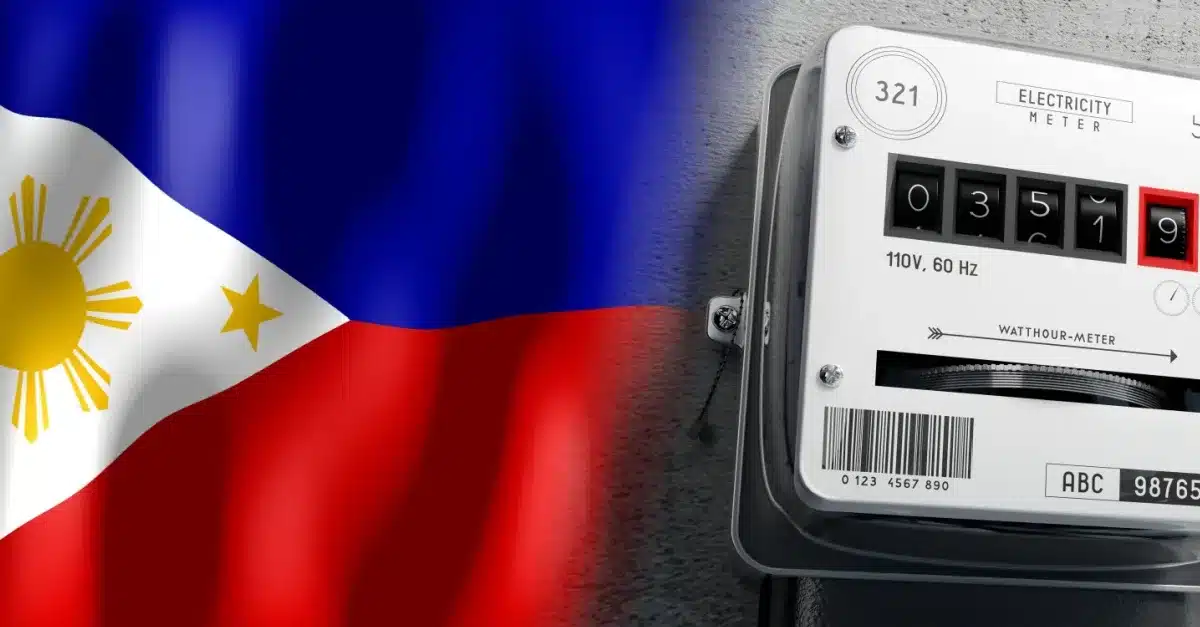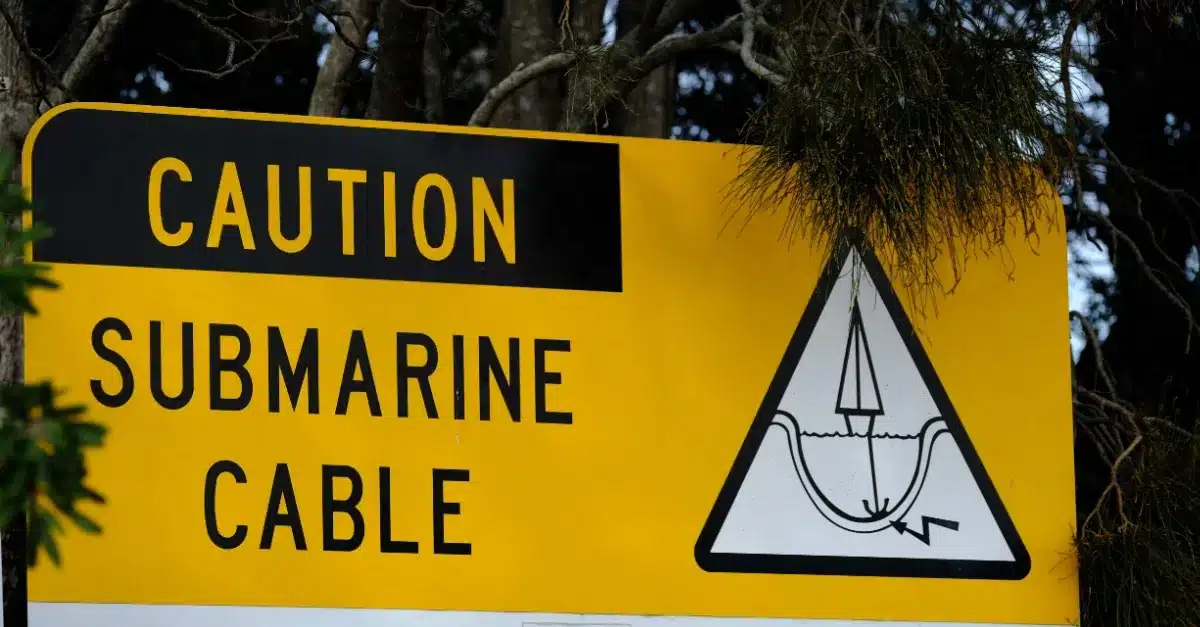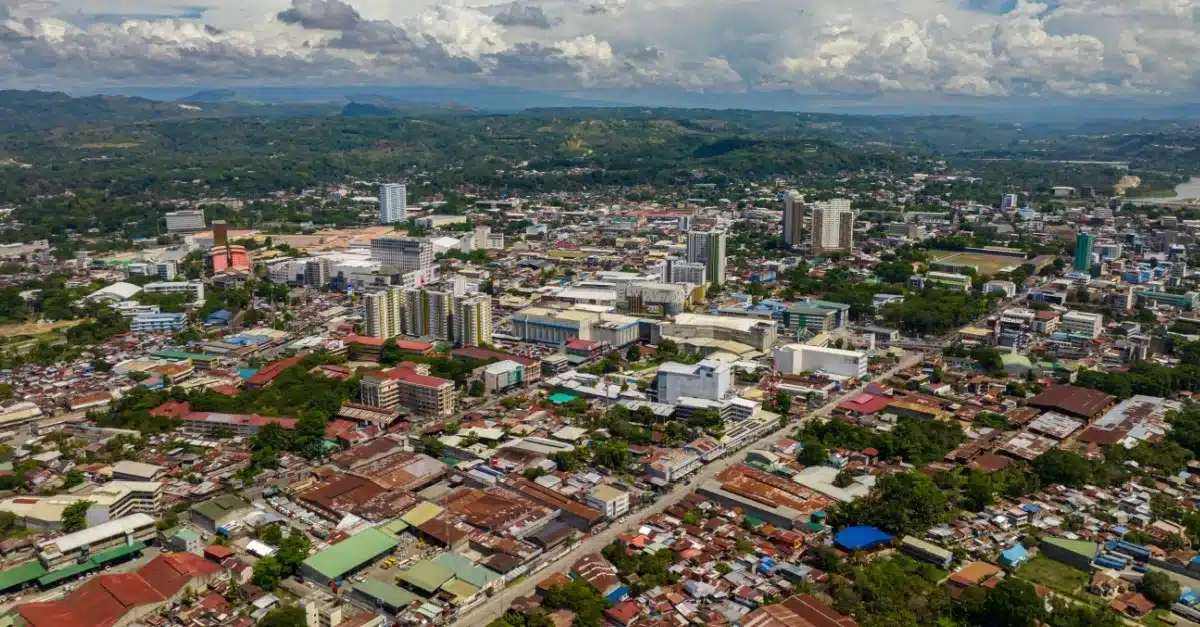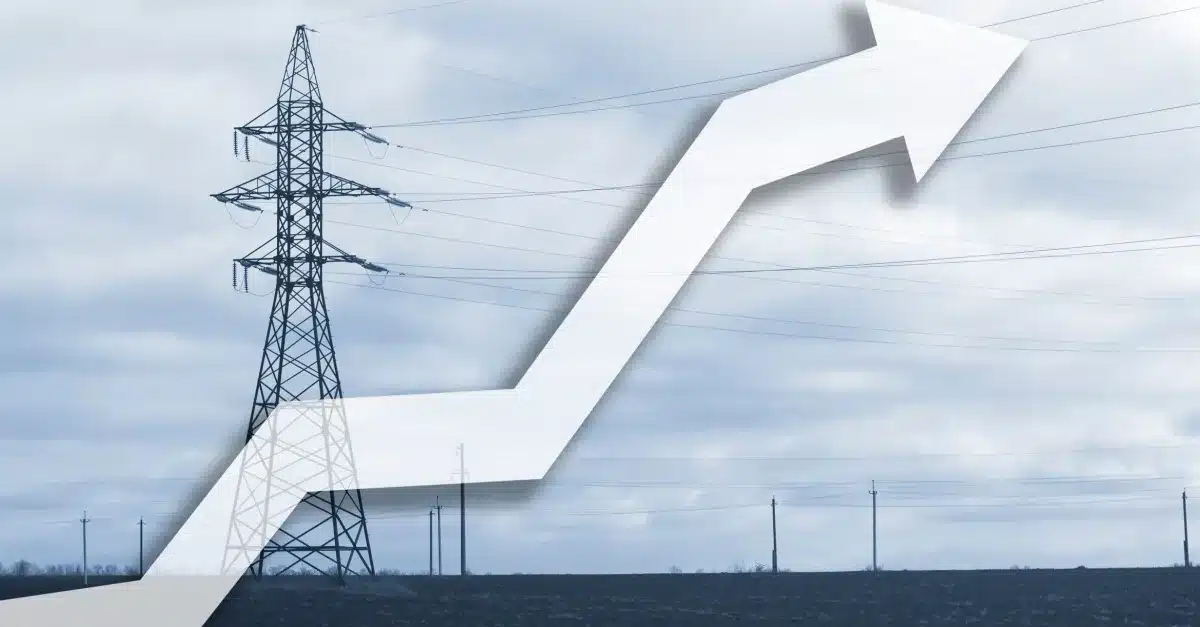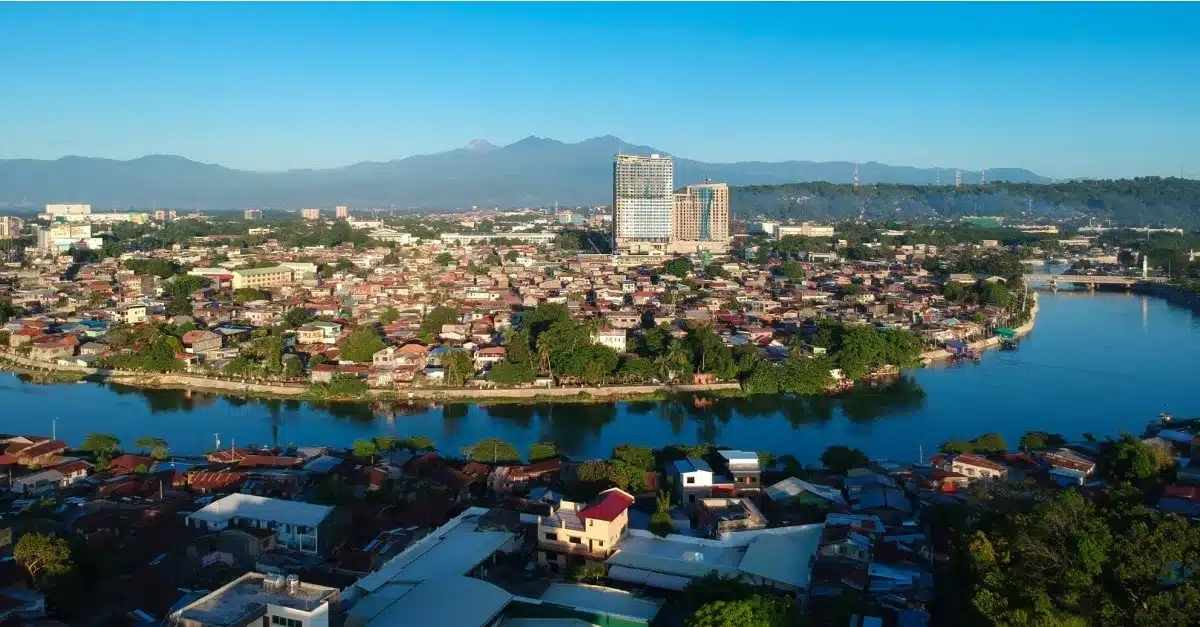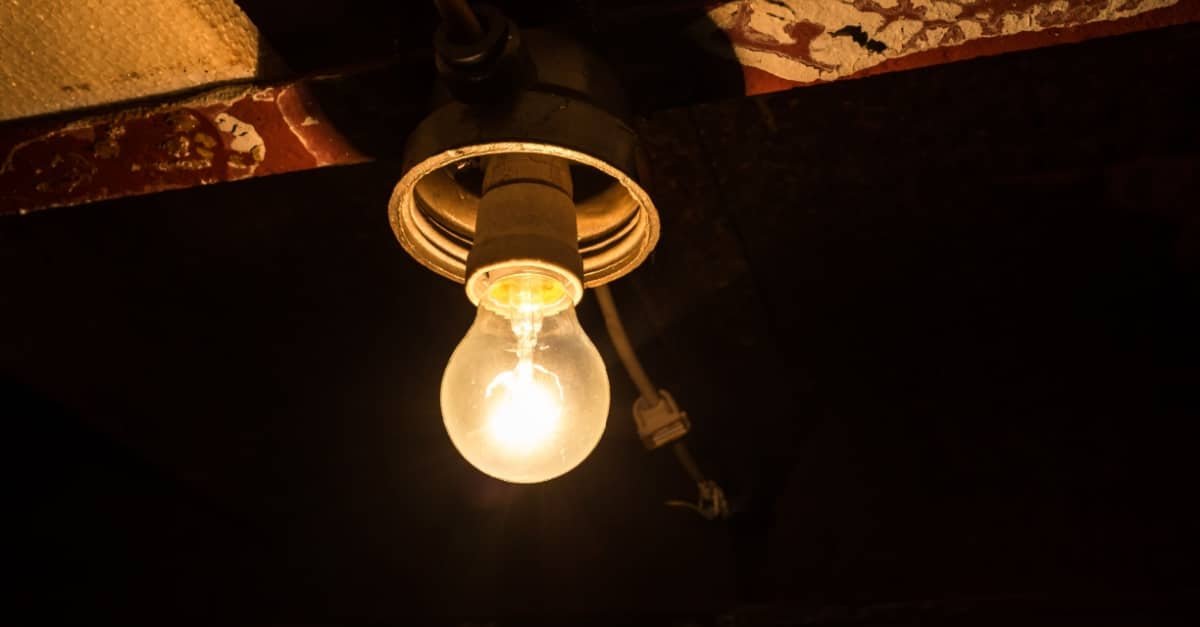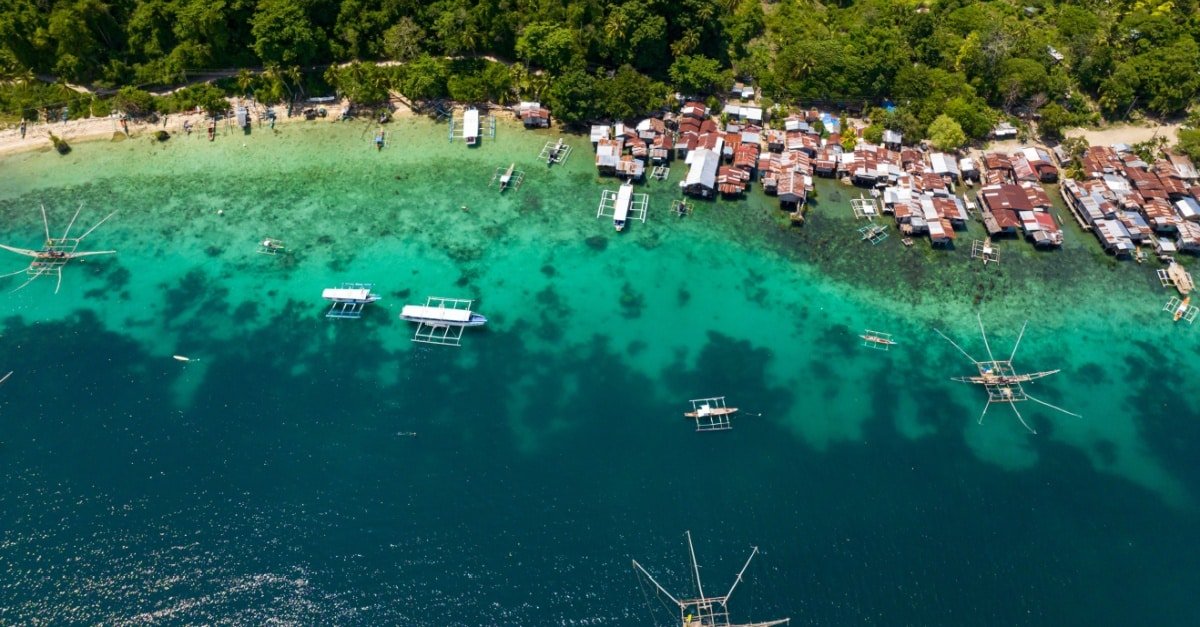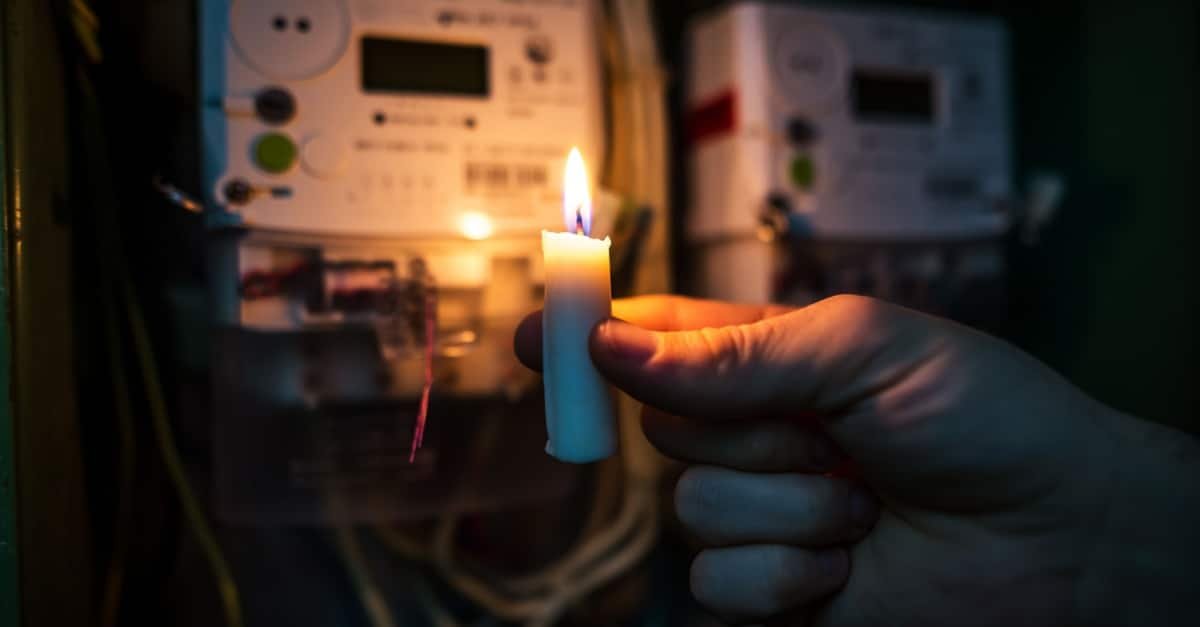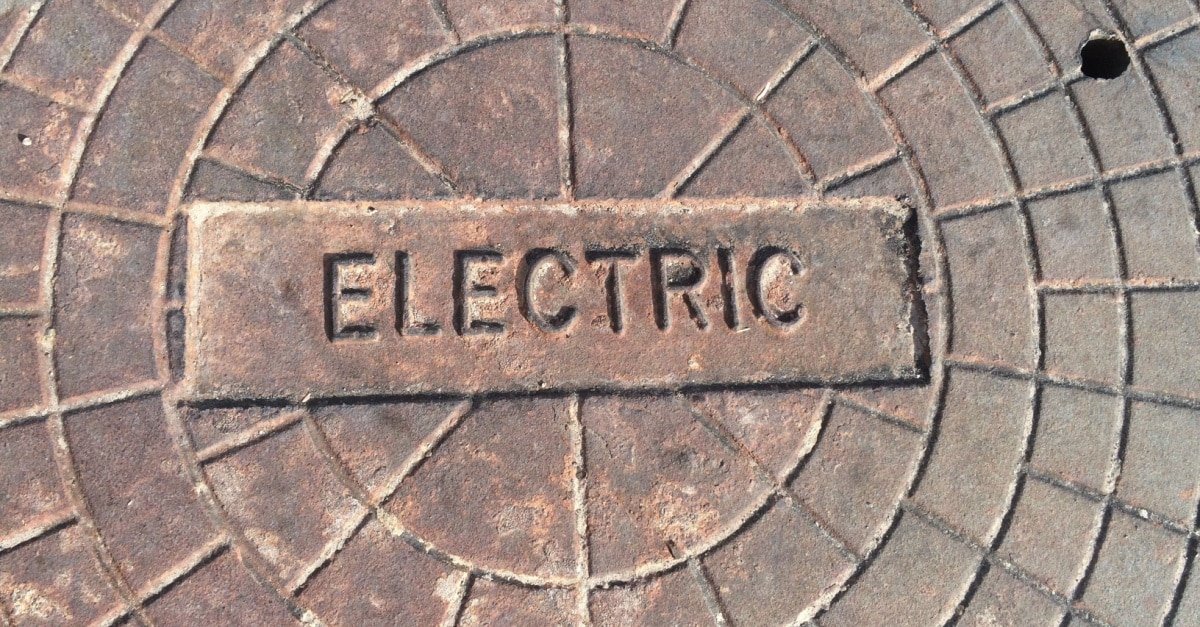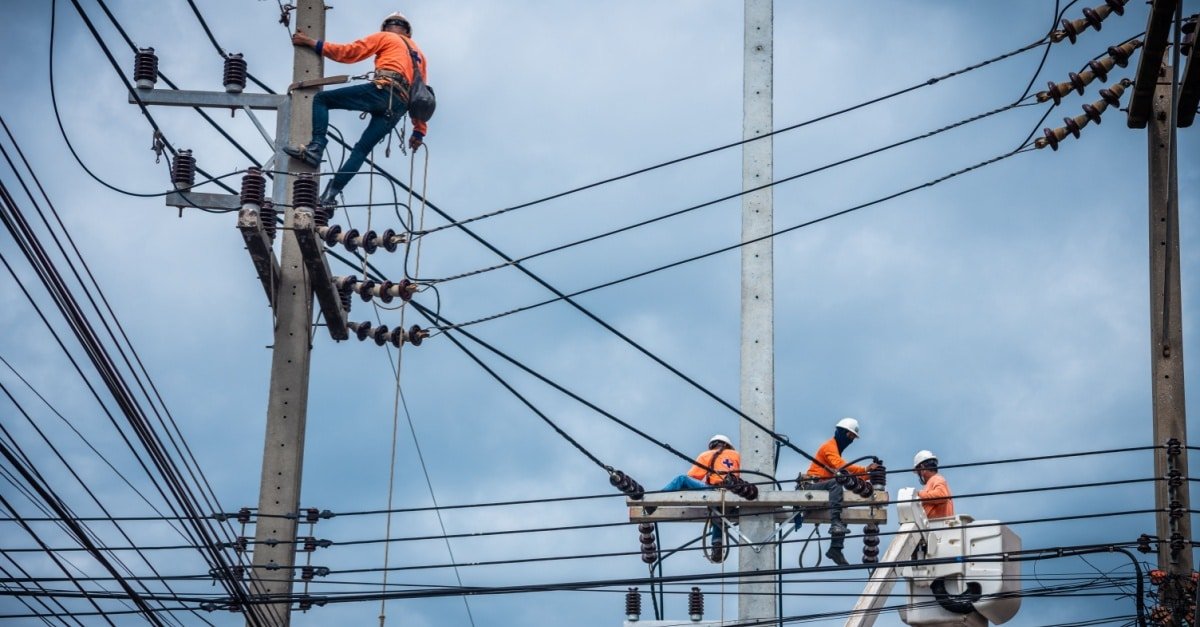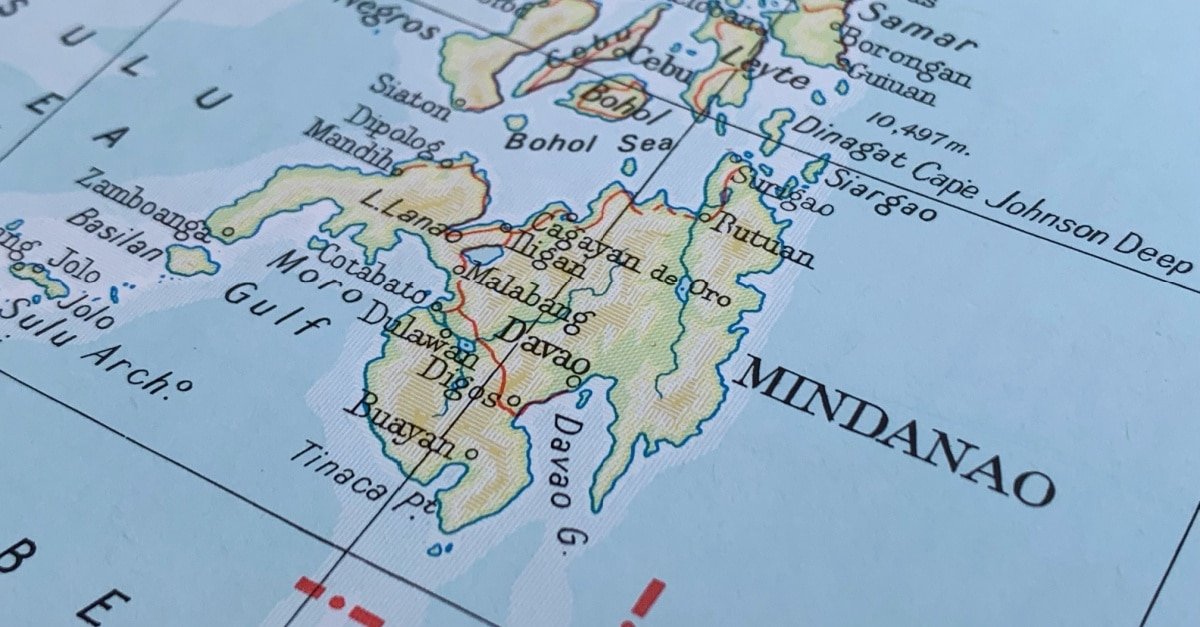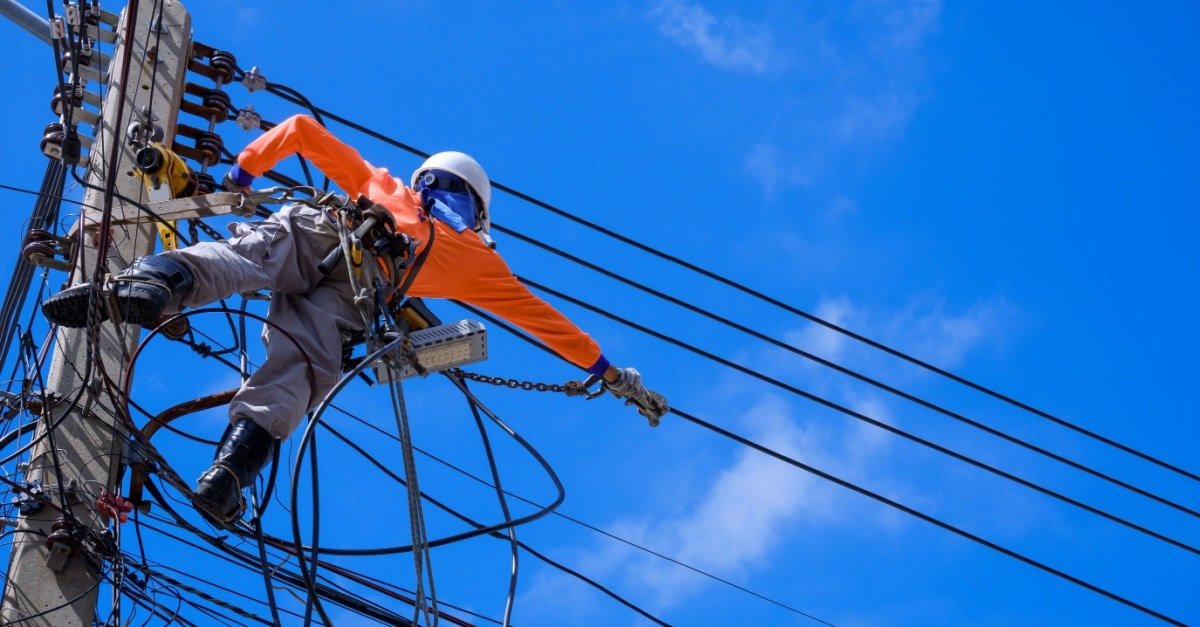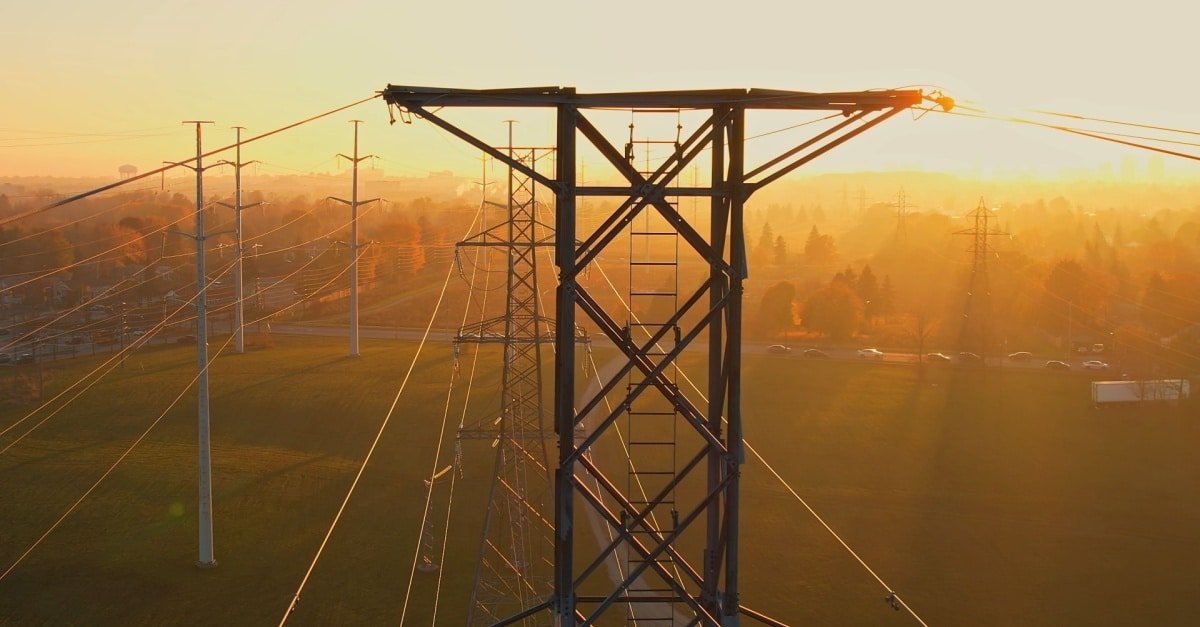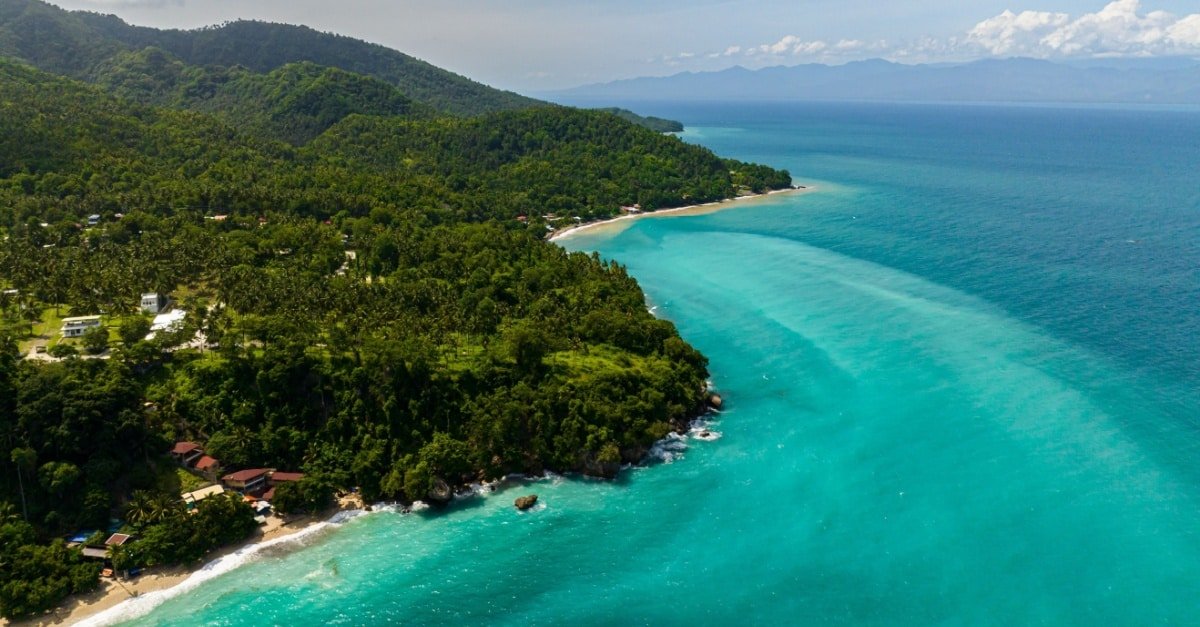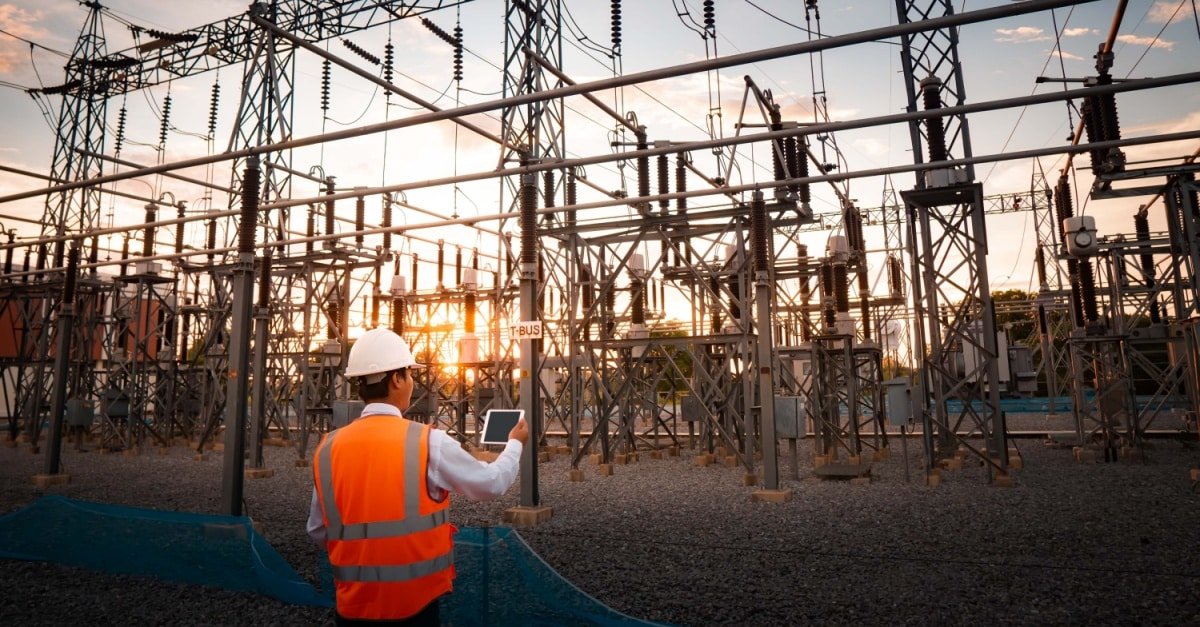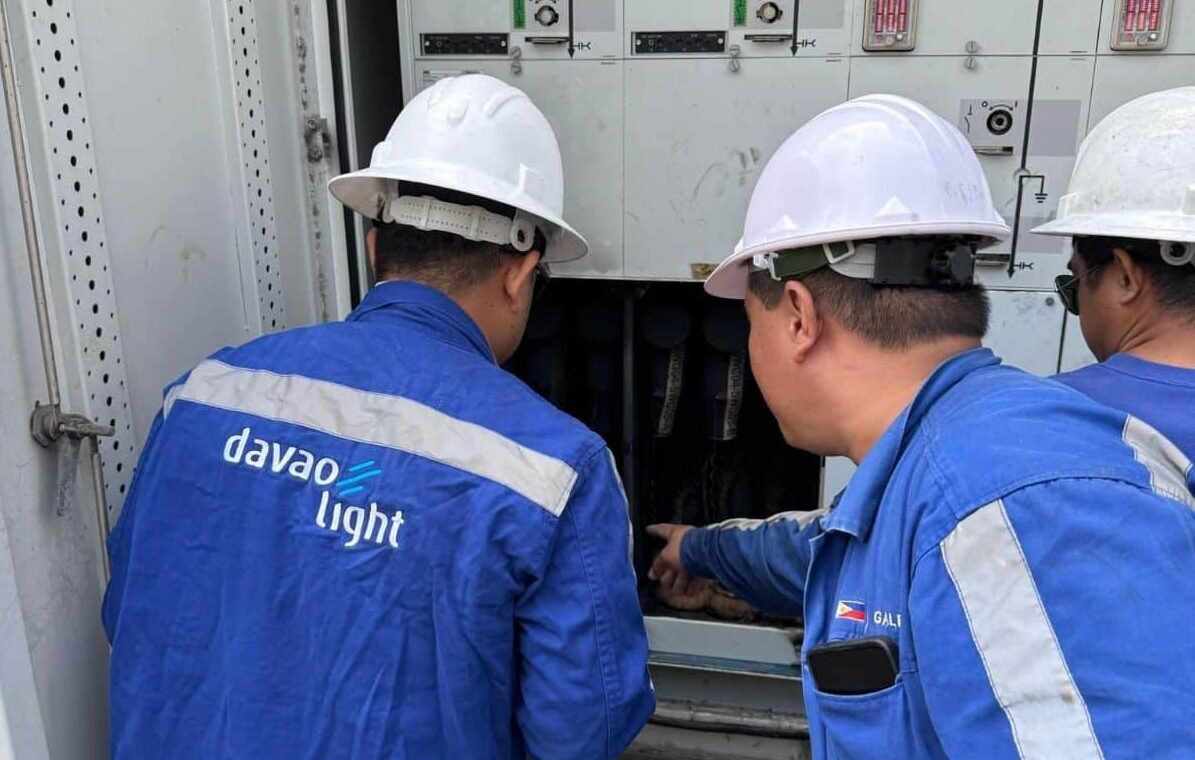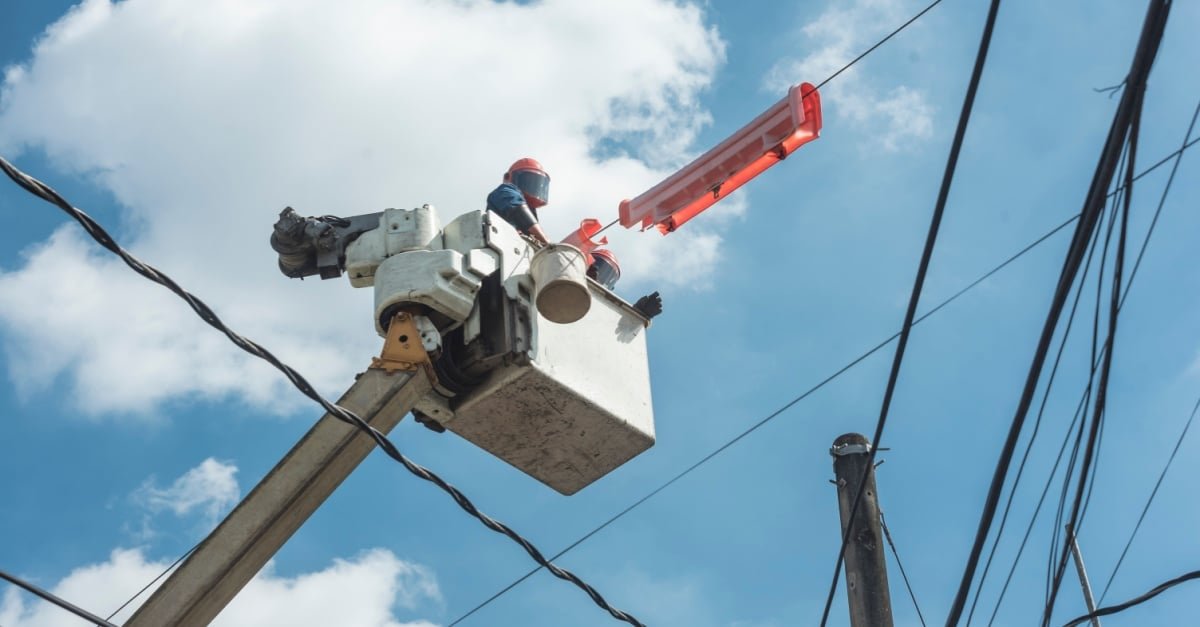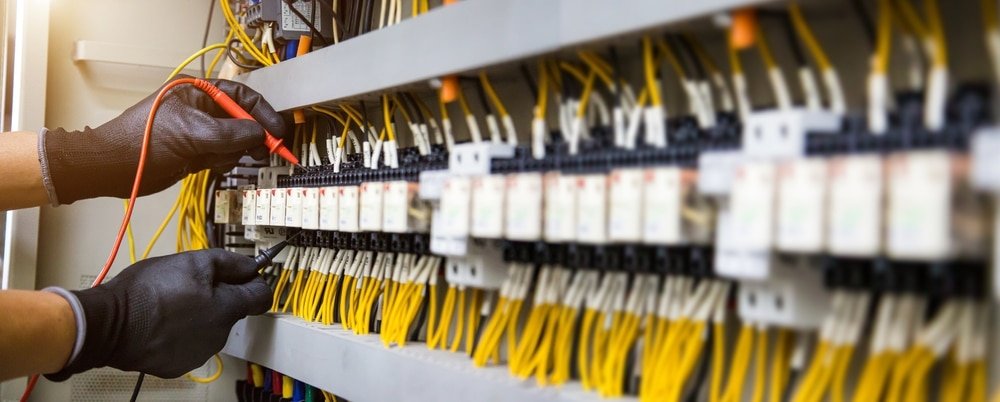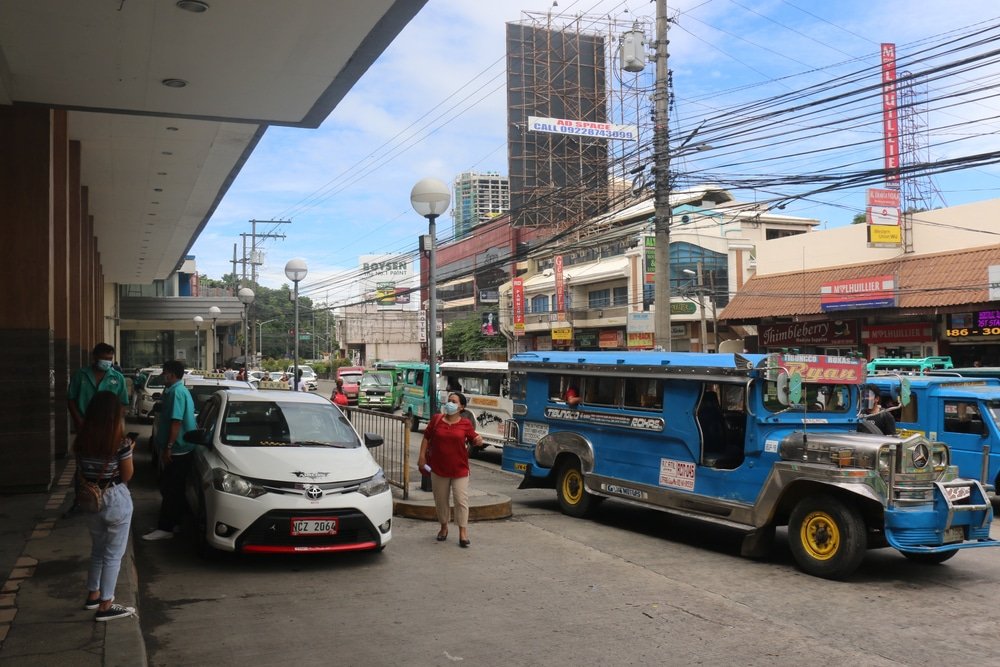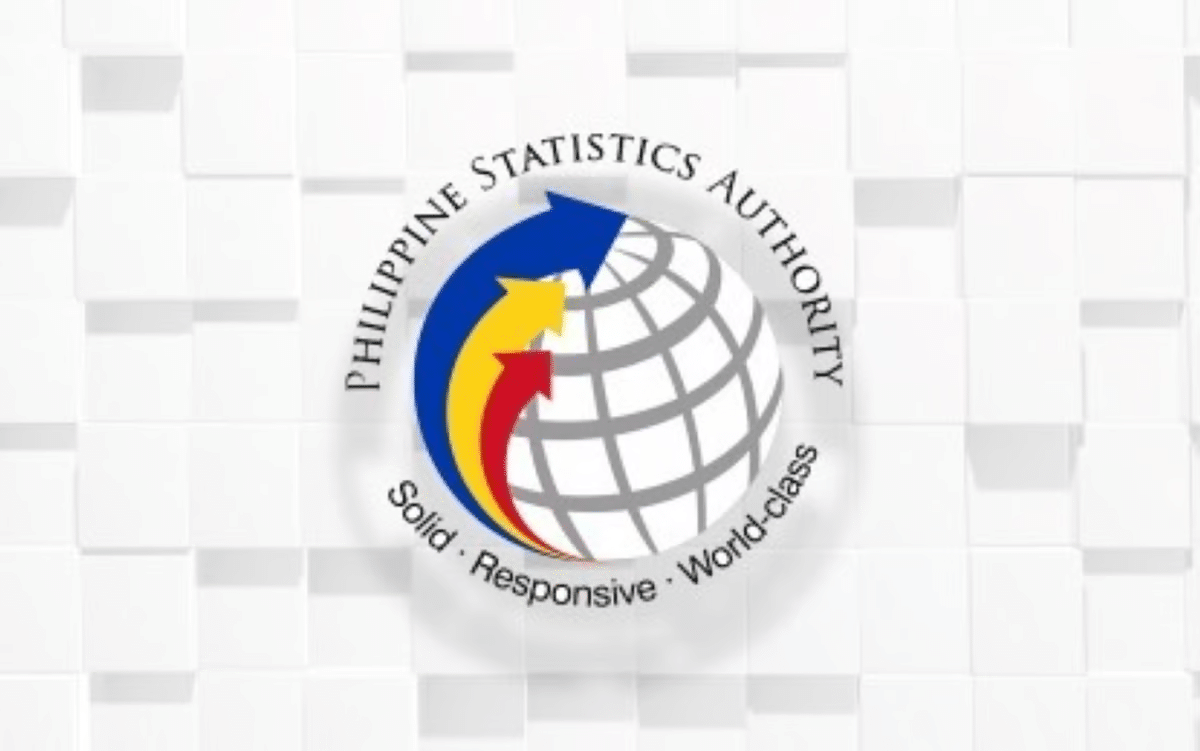
Businesses in popular tourist spots like Siargao Island, Puerto Galera, Cebu, and the Island Garden City of Samal (IGACOS) suffer devastating profit losses due to ongoing power shortages in these areas–anywhere from P10,000 to P100,000 a day.
The advocacy group ILAW shared findings from a focus group discussion (FGD) with owners of micro, small, and medium enterprises (MSMEs) about the economic effects of power outages on their businesses. The results showed that the revenue losses for businesses are severe when these areas experience frequent blackouts.
The study reveals that 74.29 percent of MSME respondents are losing between P10,000 and P30,000 daily, while larger businesses are losing around P100,000 daily revenue.
The study also highlighted that without electricity, businesses are forced to halt or delay their operations. As a result, many are cutting costs by reducing staff, lowering inventory, and/or shortening their operating hours.
IGACOS
In the Island Garden City of Samal, the average cost of electricity is P18,000 per month, with frequent power outages costing MSMEs an average of P27,000 a day in lost revenue.
“This [power shortage] becomes an even more pressing issue with the anticipated demand for electricity from the upcoming Davao-Samal bridge project,” said ILAW National Convenor Beng Garcia.
The P23-billion Samal Island-Davao City Connector (SIDC) project is a 4.76-kilometer bridge that will cut travel time between the island and Davao City from thirty to five minutes.
“Of course, what this also means is that with more people coming into Samal, the electricity demand will increase,” Garcia added.
According to IGACOS Mayor Al David Uy, the city suffers annual losses of PHP50 million in the tourism sector because of power woes.
(Also read: Samal Island fights power woes with energy projects)
Siargao
Known as the “Surfing Capital of the Philippines,” Siargao welcomed 14,404 tourists in the first half of 2024. Its beautiful white-sand beaches and surfing locations, like the famous Cloud 9, are popular among local and international visitors.
On average, MSMEs in Siargao pay P55,000 monthly for electricity. Because of prolonged power instability, they suffer average daily revenue losses of P42,000.
According to the ILAW study, resorts in Siargao are paying between P60 and P70 per liter of fuel for their generators, while laundry businesses are spending P3,500 in fuel for an eight-hour shift.
(Also read: Siargao Blackout: A Costly Disruption)
Cebu
Large businesses in Cebu, such as multiple-storey hotels, have an average monthly electricity bill of P1.17 million. Meanwhile, MSMEs pay around P160,000.
During power outages, large businesses lose about P216,000 a day, while MSMEs lose around P82,000.
“This is where it hits those in the smaller businesses more because [their daily average loss] it’s almost half of what they actually spend in electricity [per month],” shared Garcia.
“Long-term concerns [of FGD participants] include the need for modernization of energy infrastructure,” Garcia said.
“They’ve already actually projected that in the next couple of years, as Cebu continues to really grow and become even more and more urbanized, more IT-driven, they’re going to need more energy. And the current energy that is being set aside for them is just not going to be enough,” added Garcia.
In 2024, 5.1 million tourists visited Cebu, with travelers from South Korea, the United States, and Japan topping the list.
(Also read: Powering Progress: The Mindanao-Visayas Interconnection Project)
Puerto Galera
A favorite destination for diving aficionados and beach lovers, Puerto Galera welcomed 17,000 visitors during Holy Week last year.
In Puerto Galera, MSMEs typically pay around P22,000 a month for electricity. The accommodation sector, in particular, reported high monthly electricity costs.
According to the ILAW study, MSMEs in Puerto Galera lose about P30,000 daily during power outages.
“The dependence on Mindoro’s external power sources has led to frequent power interruptions, requiring businesses to invest in backup power systems,” the study said.
During prolonged blackouts, tourism businesses in Puerto Galera often have to give refunds and lower prices to keep their rooms occupied, which affects their profits and their customer ratings.
“Power outages significantly damage the reputations of these destinations, with negative reviews and cancellations directly linked to electricity problems,” ILAW said.
(Also read: What SAIDI and SAIFI Mean for Consumers)
A call for improved services
In 2024, 5.9 million international tourists visited the country. That year, the Philippines earned approximately P760.50 billion in tourism revenue from spending by foreign visitors, a 9.04 percent increase from the previous year.
According to ILAW Youth Convenor Francine DG Pradez, the tourism industry employs around 16.4 million Filipinos and accounts for around 8.6 percent of our country’s gross domestic product (GDP).
“The Philippines has one of the largest domestic tourism market within the ASEAN region and Timor-Leste. So that’s how crucial tourism is for us Filipinos and also for the market that we have,” said Pradez.
“With tourism serving as a major economic driver in these areas, ILAW has called on electric cooperatives to improve their performance and ensure reliable power supply that meets the present and future demands of their franchise areas. It’s time for our electric cooperatives to step up and ensure reliable and efficient power supply, especially in key tourism areas where businesses and livelihoods depend on stable electricity,” Garcia said.
Sources:
https://www.youtube.com/watch?v=Mej5if6aKEM
https://www.pna.gov.ph/articles/1225689
https://www.pna.gov.ph/articles/1227905
https://beta.tourism.gov.ph/news_and_updates/siargao-a-priority-for-tourism-development-frasco/
https://tribune.net.ph/2025/03/19/power-crisis-in-major-tourist-spots-hurting-msmes-study
https://pia.gov.ph/phl-hits-record-high-tourism-revenue-in-2024/

